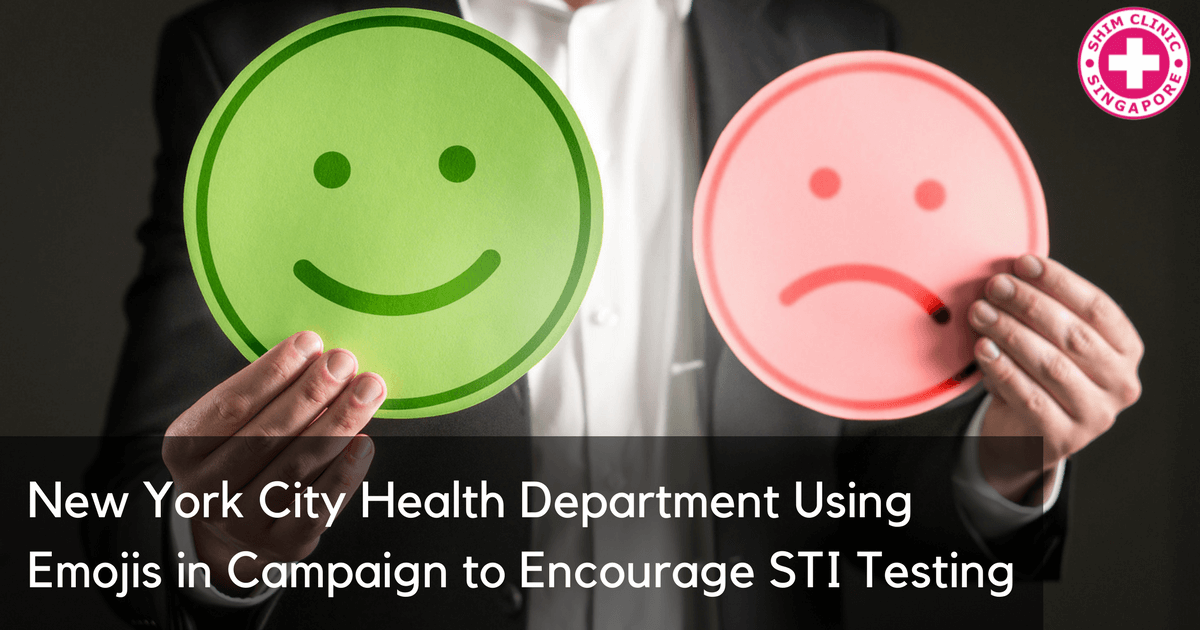The rate of new sexually transmitted diseases (STD) infections in New York City continue to rise, a trend that is worrying healthcare providers. The soaring numbers have seen the city Health Department tighten its efforts to fight the infections.
The department has introduced a new STD campaign aimed at reaching out to young, sexually active New Yorkers. The campaign involves the use of risque advertisements that feature emojis to encourage youths to go for STD testing.
The advertisements are being featured on social media platforms including Facebook, Twitter and Instagram. Other channels include Grindr the hookup app, the Gay Ad Network, subway cars and shelters across the five boroughs.
The campaign is making use of emojis popularly used to depict sexual activities. The emojis include the eggplant, the peach and water droplets and have been used in ads and posters for the campaign.
The campaign came after a previous campaign by the city dubbed “Bare It All,” aimed at encouraging New York City residents to talk openly with their healthcare providers about their sex lives and drug use as well as other health issues.
Young People and Men Having Sex with Men at Higher STD Risk
The number of new rates of syphilis increased by 27% in 2016. Gonorrhea rates went up by 13%, majority of patients being men having sex with men (MSM). Chlamydia increased 6%, women having the highest rates of the infection.
Adolescents and young adults are at a higher risk for STDs, including HIV. While most of these STDs are treatable, people are not getting tested and therefore, they remain untreated causing serious and irreversible conditions.
When left untreated for long, STDs can cause cardiovascular damage, fertility problems, neurologic damage and AIDS.
In 2015, the highest number of new chlamydia rates were reported among 15 to 24 year old women while 20 to 29 year old men had the highest number of gonorrhea rates. These two STDs can be treated with antibiotics.
There is Still Need for Increased STD Awareness
The department feels that there is still need to increase awareness about STDs especially among the youths. The youths are still ignorant about the risk of STDs and therefore, continue to practice high risk sexual behaviour.
They need to be sensitised about available prevention methods, STD testing, treatment and care options at their disposal.
By using social media and features that appeal to the youth, the department believes that it will be able to reach out to more youths and increase testing and encourage them to take steps to protect themselves against STDs.
The department is promoting regular use of condoms and STD testing as top methods to prevent STIs. To make testing more accessible to people, the city stretched its clinical services and increased hours of operations at Sexual Health Clinics.
The city also allows anyone who is 12 years and above to be tested for chlamydia, syphilis, gonorrhea and HIV at the clinics whether they are showing symptoms or not.
The expanded clinical services are part of the NYC plan to end the AIDS epidemic and will benefit almost 200,000 New Yorkers annually if fully implemented. The plan hopes to reduce the New York City’s new HIV rates to less than 600 by end of 2020.

